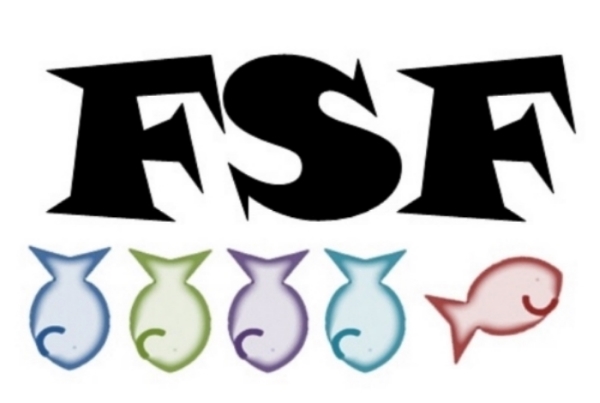There have been 3 different Haunted Mansion movies, but this is the only one that feels like a love letter to the ride. And it’s a Muppet movie so I might have a giant poster of it as a part of my extensive Haunted Mansion collection. By the way, this also has the highest critical Rotten Tomatoes score of the 3 versions (but saying that, I do really like all three and the latest version is much better than critics said).
If you haven’t seen this, Gonzo has been invited to a party at the mysterious mansion where his favorite magician once disappeared and he brings Pepe along for comic relief. The pair end up trapped in the mansion over night where the ghosts are played by the other Muppets save for the usual celebrity guests like Will Arnett as the Ghost Host who invited them, Taraji P. Henson as the Bride Ghost attempting to marry Pepe, Yvette Nicole Brown as the driver warning that they won’t survive the night, and Darren Criss as the graveyard caretaker.
It’s the Caretaker’s scene that I want to focus on for a blog about writing. Before Gonzo and Pepe enter the mansion, the Caretaker warns them to walk quietly as he doesn’t want to outdoor ghosts to wake up. He claims that “once they start, the never cease) in a song (because it’s Darren Criss). He tells the stories of various ghosts played by Danny Trejo, Alfonso Ribeiro, Chrissy Metz, Jeannie Mai Jenkins, and Edward Asner (in one of his final roles). One of the ghosts is Mary, played by SNL’s Sasheer Zamata. She is dressed in clothing that is probably supposed to represent the middle to late 1700s. She had a piece of long paper and a quill. The Caretaker sings that she “wrote mysteries with masterful quill, not knowing the ink of words could kill”. Mary is then seen licking her quill before continuing writing, then dropping down dead.
First, Mary being a writer in this time period is not as strange as people might think. The late 18th century included MANY female writers including poet Phillis Wheatley, playwright Mercy Otis Warren, philosopher Mary Wollstonecraft, and the start of many novelists (many of whom wrote under pseudonyms). However, ink was not made of anything poisonous at that time that I know of or could find out (if anyone can correct me on this with a source, I would be most grateful if you leave a comment). Therefore, does this mean Mary was murdered? That someone poisoned her ink? Is there an entire back story here of a woman’s creativity being stolen by her killer? Or maybe she was just allergic to iron gall ink. Wonder if she was anemic.



